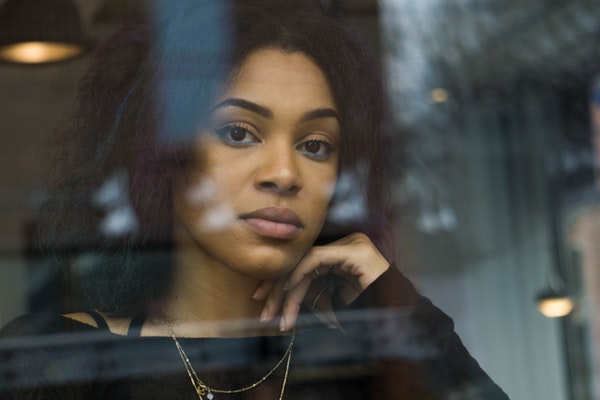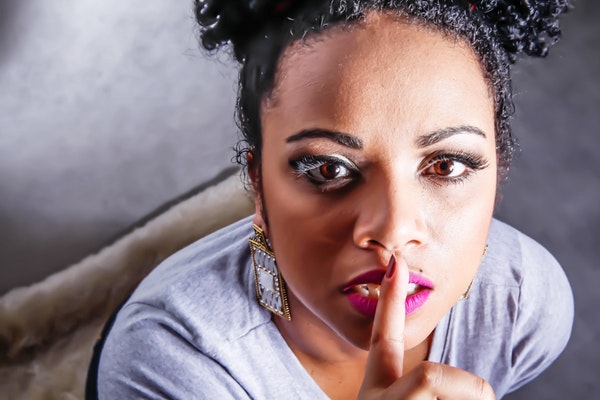Discovering Fibroids
Many women have uterine fibroids and don’t know it. That’s because these non-cancerous tumors don’t always cause symptoms. If you aren’t aware you have them, it’s likely your physician will discover them during a routine pelvic exam. How exactly? During the exam, your doctor will press down and around your uterus. If uterus abnormalities are suspected, they may predict fibroids and order more tests.
Continue reading “10 Questions to ask your Doctor about Fibroid Treatment”




 range in size. Some
range in size. Some 

